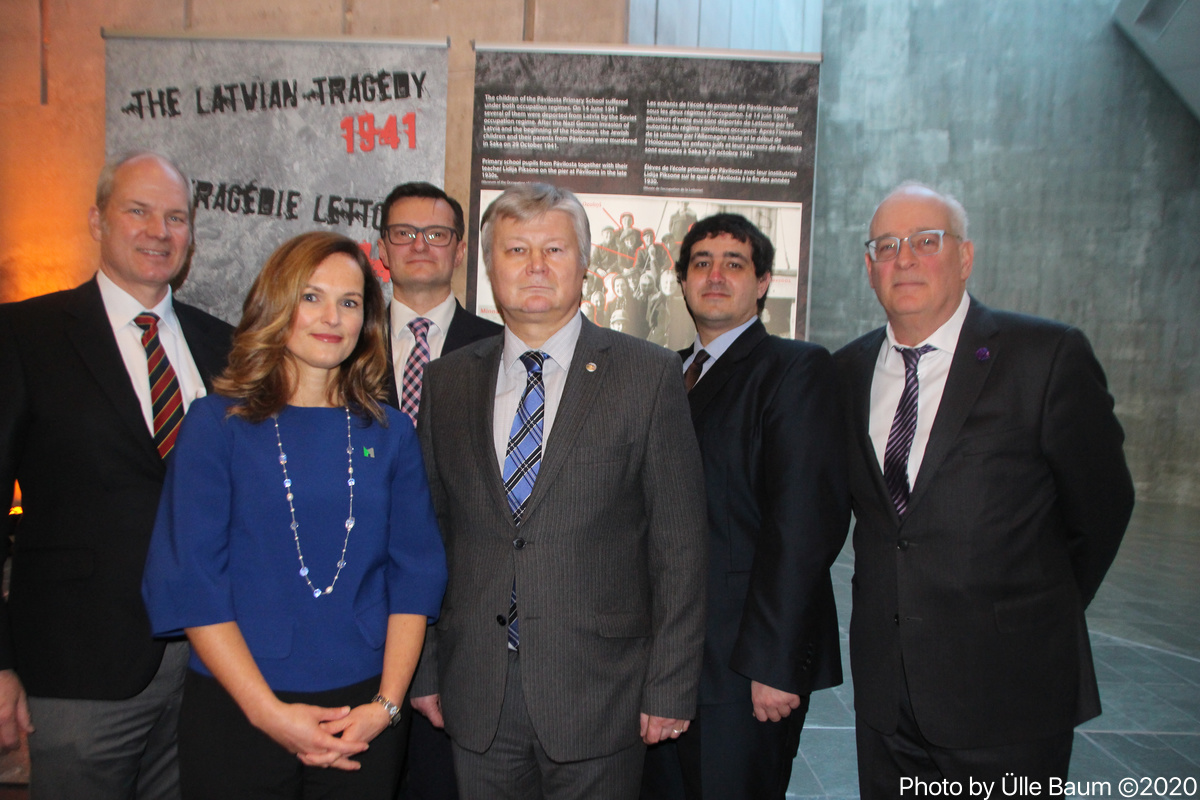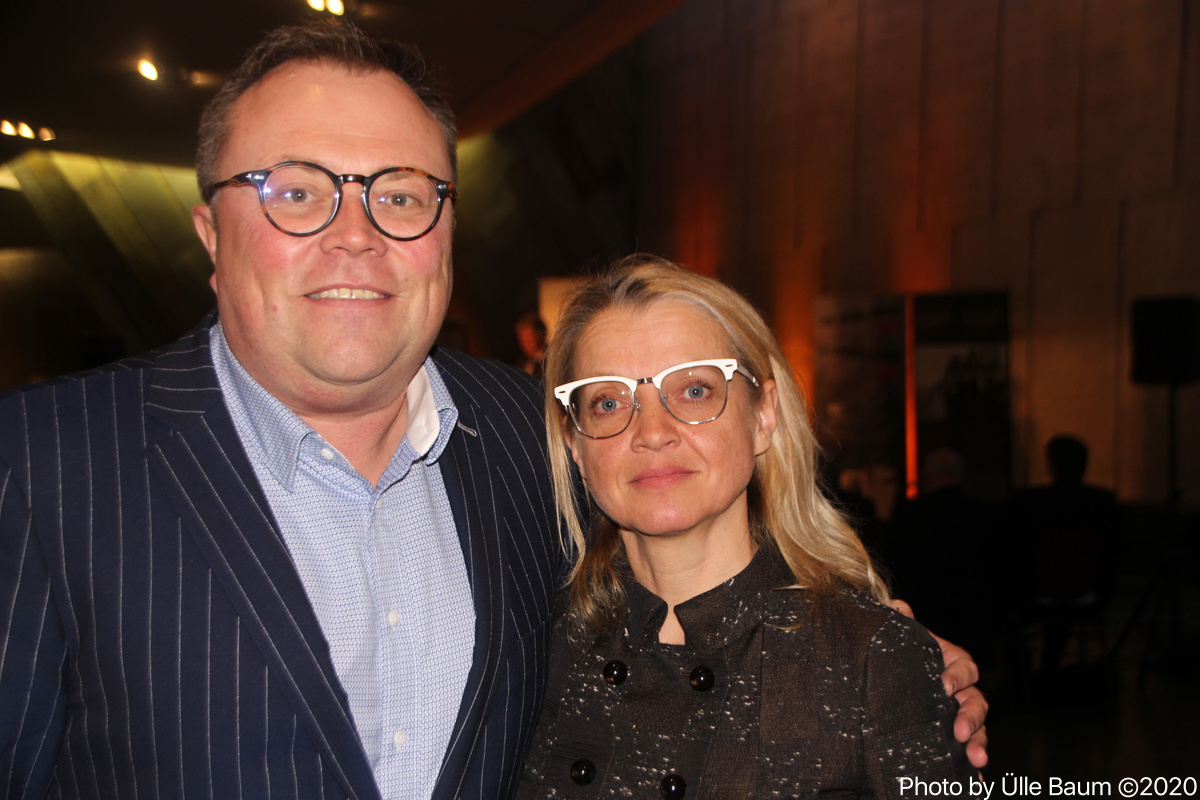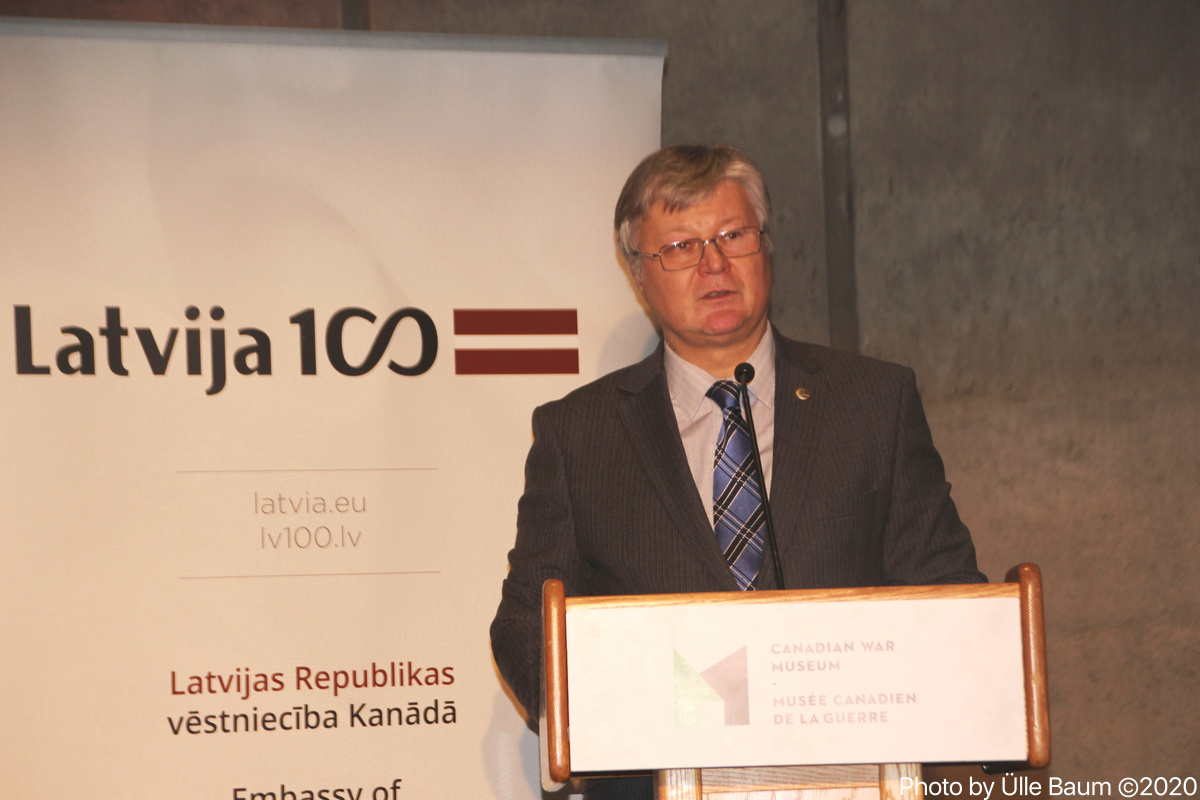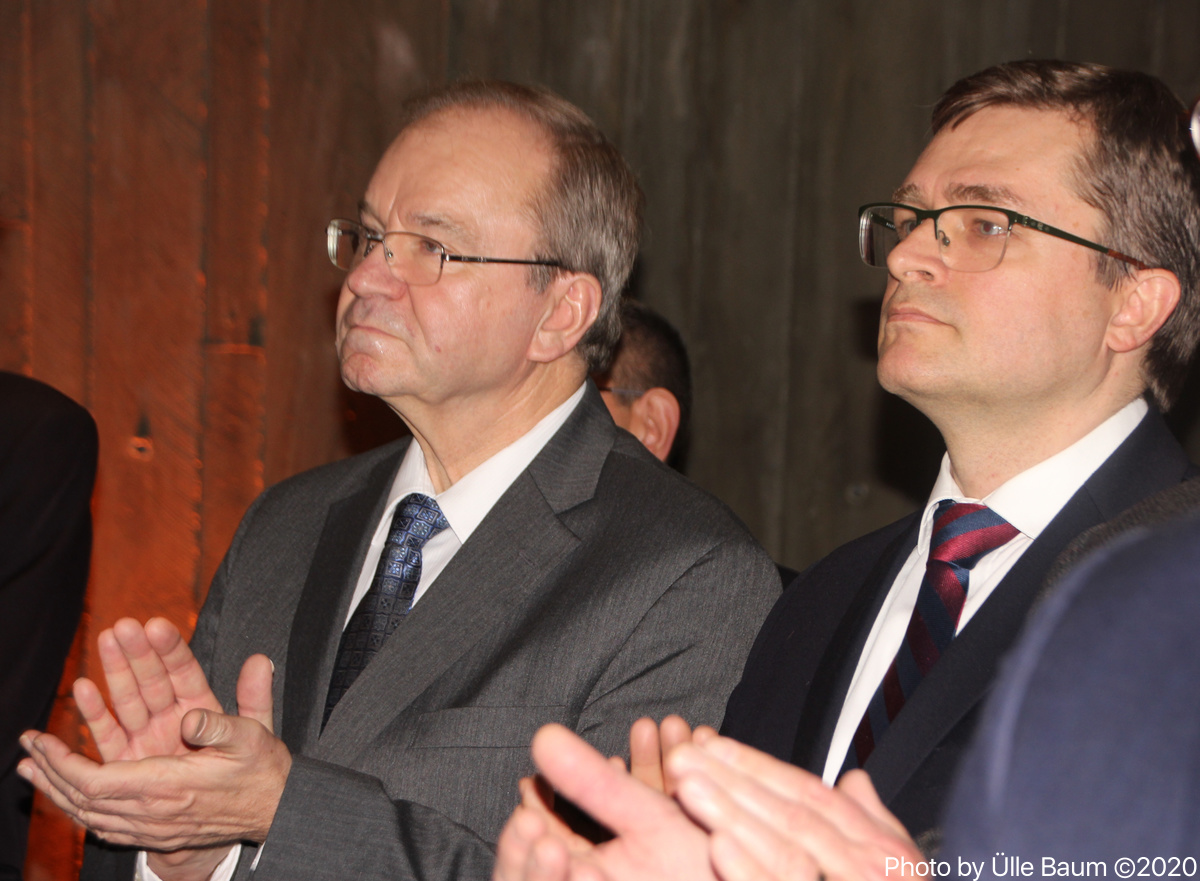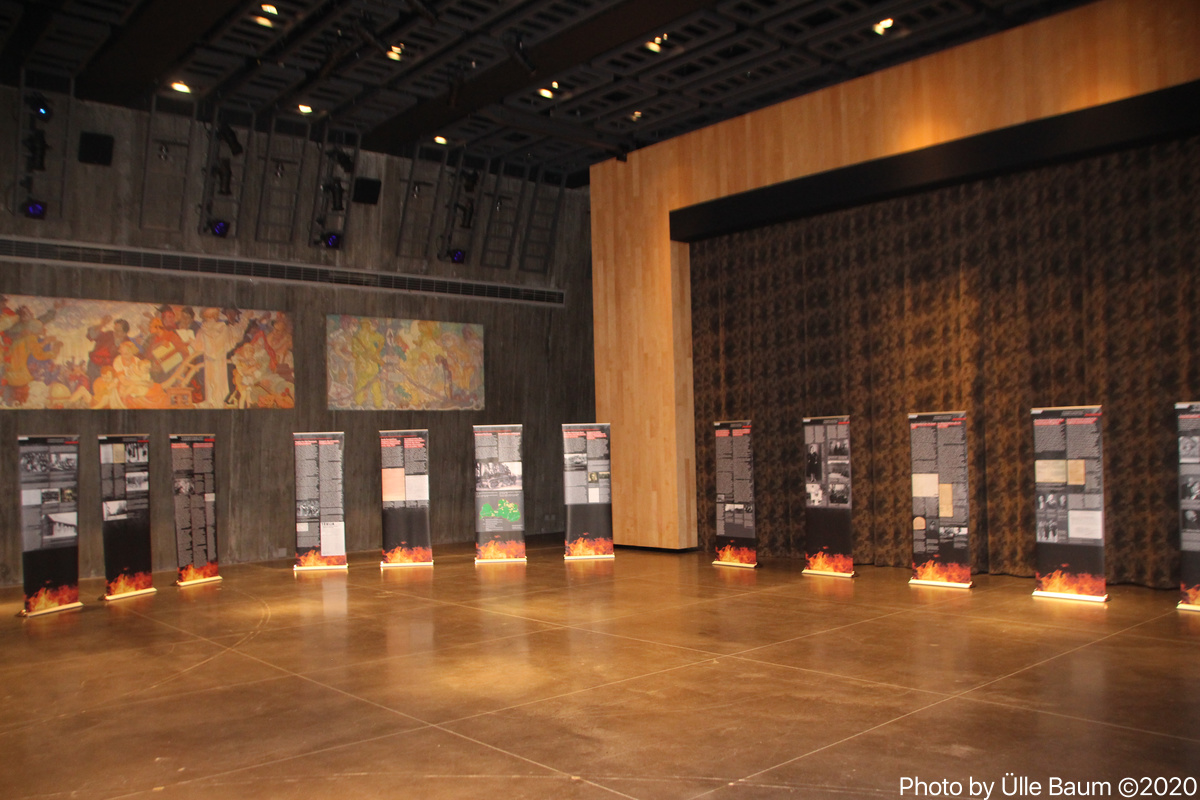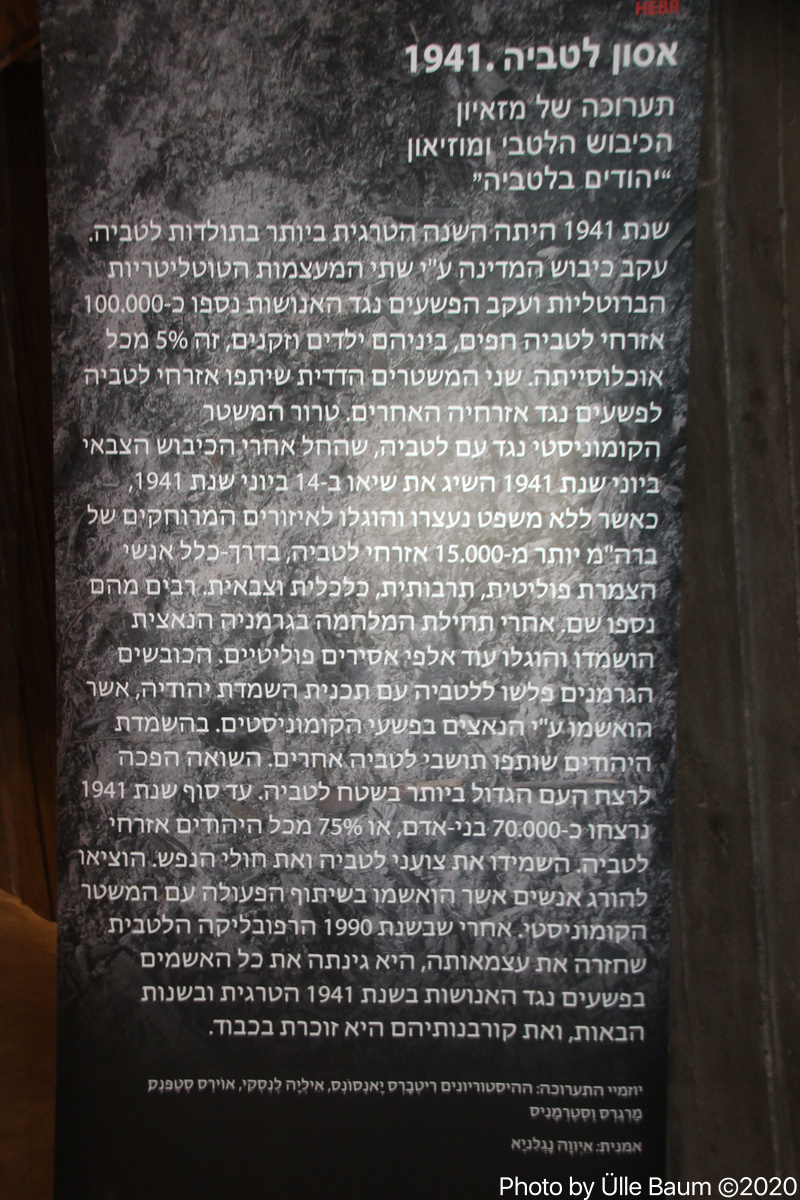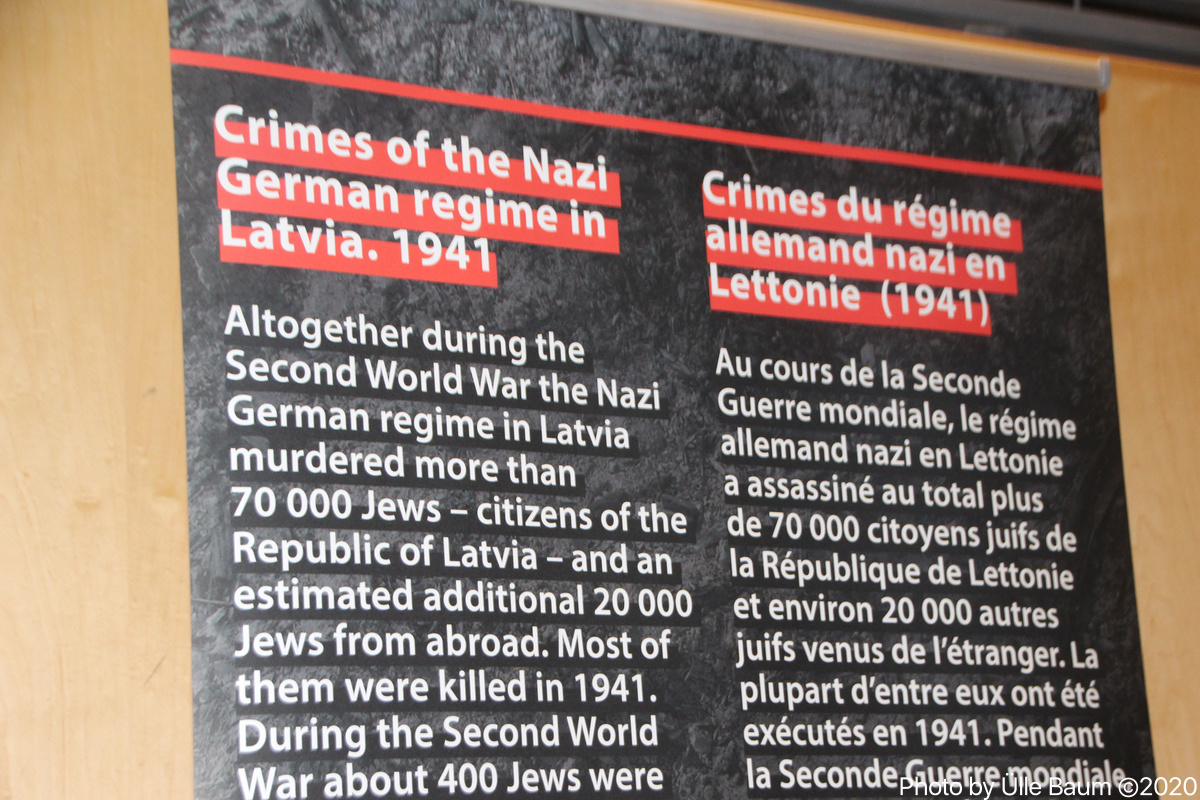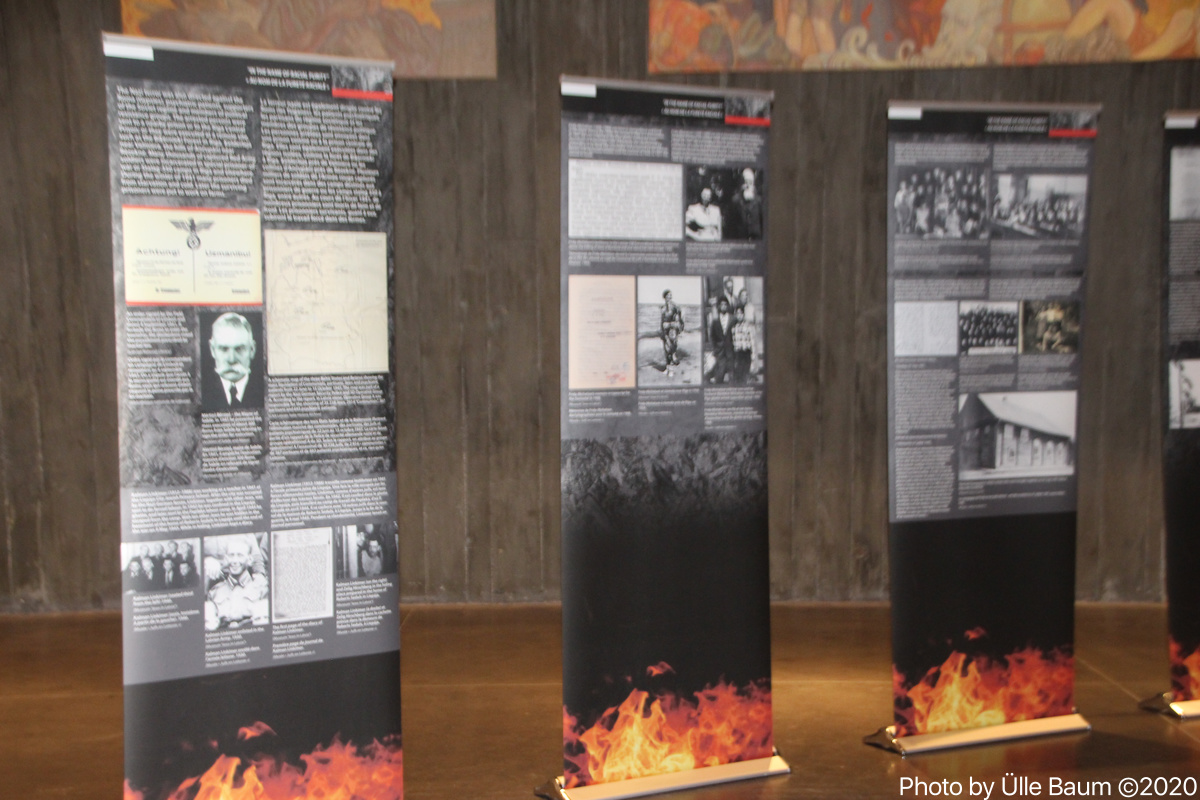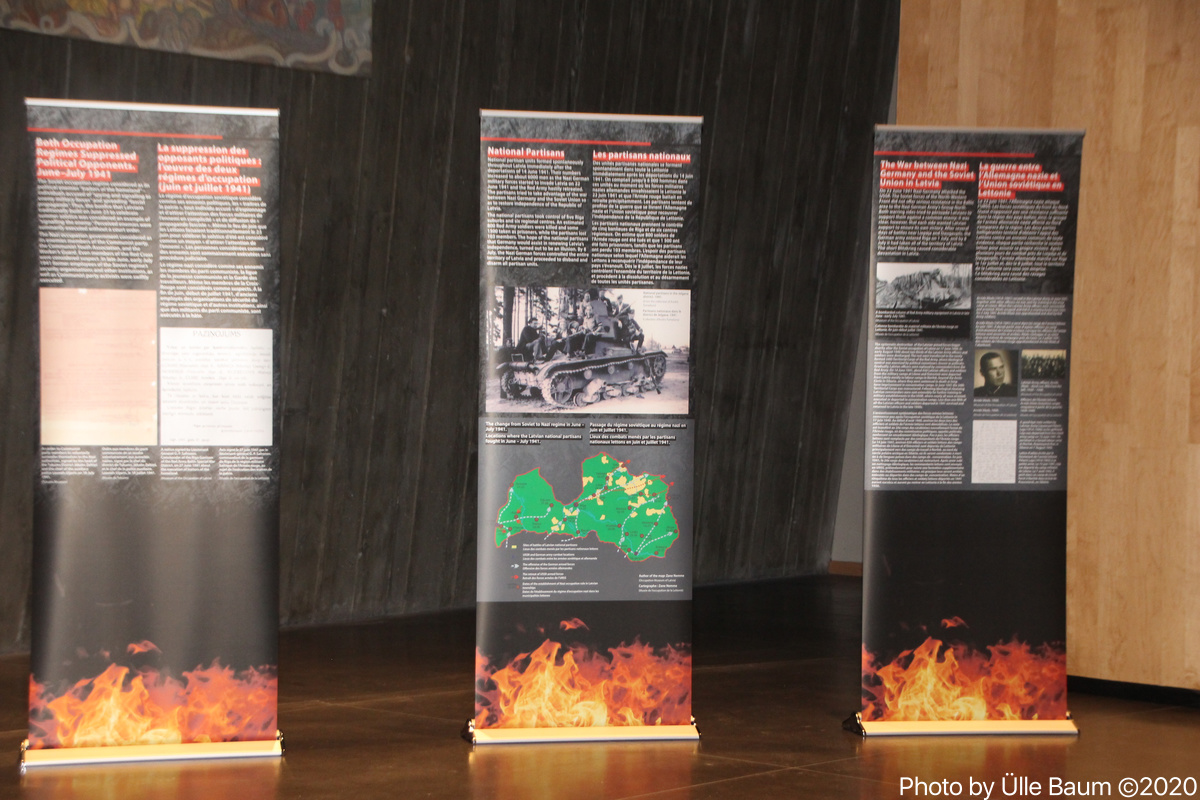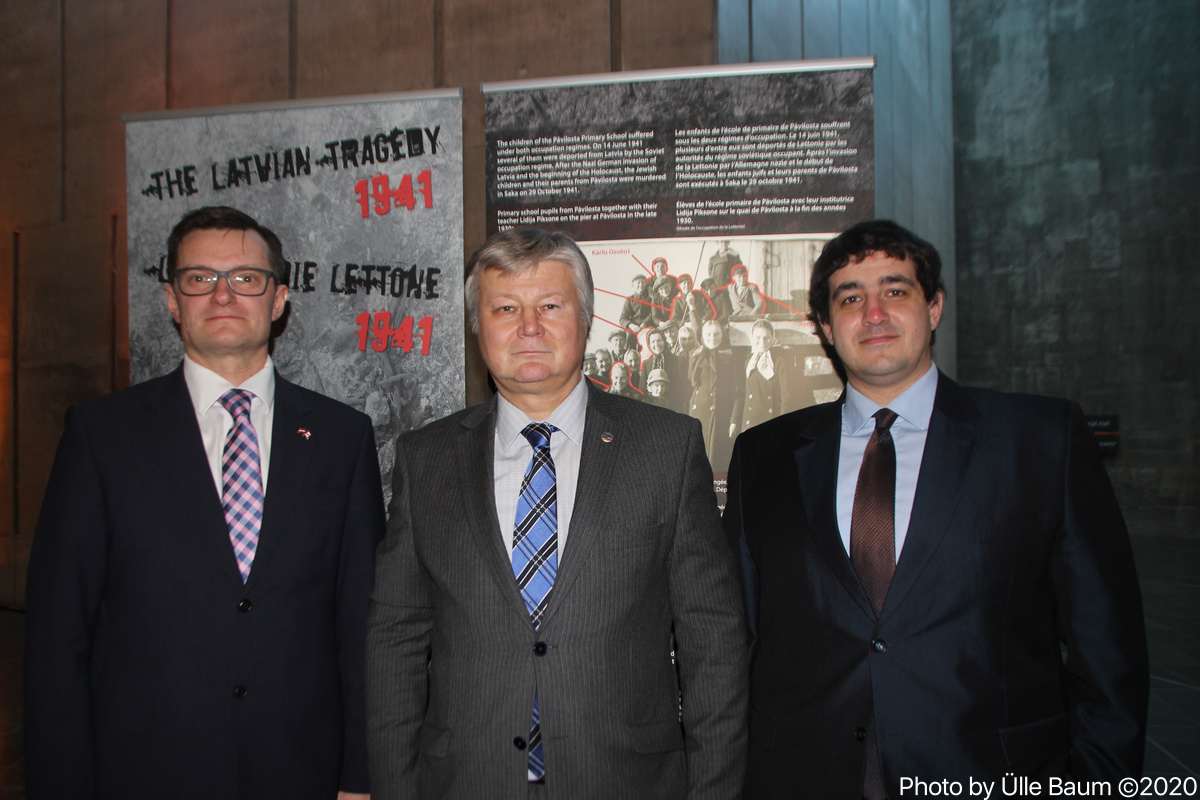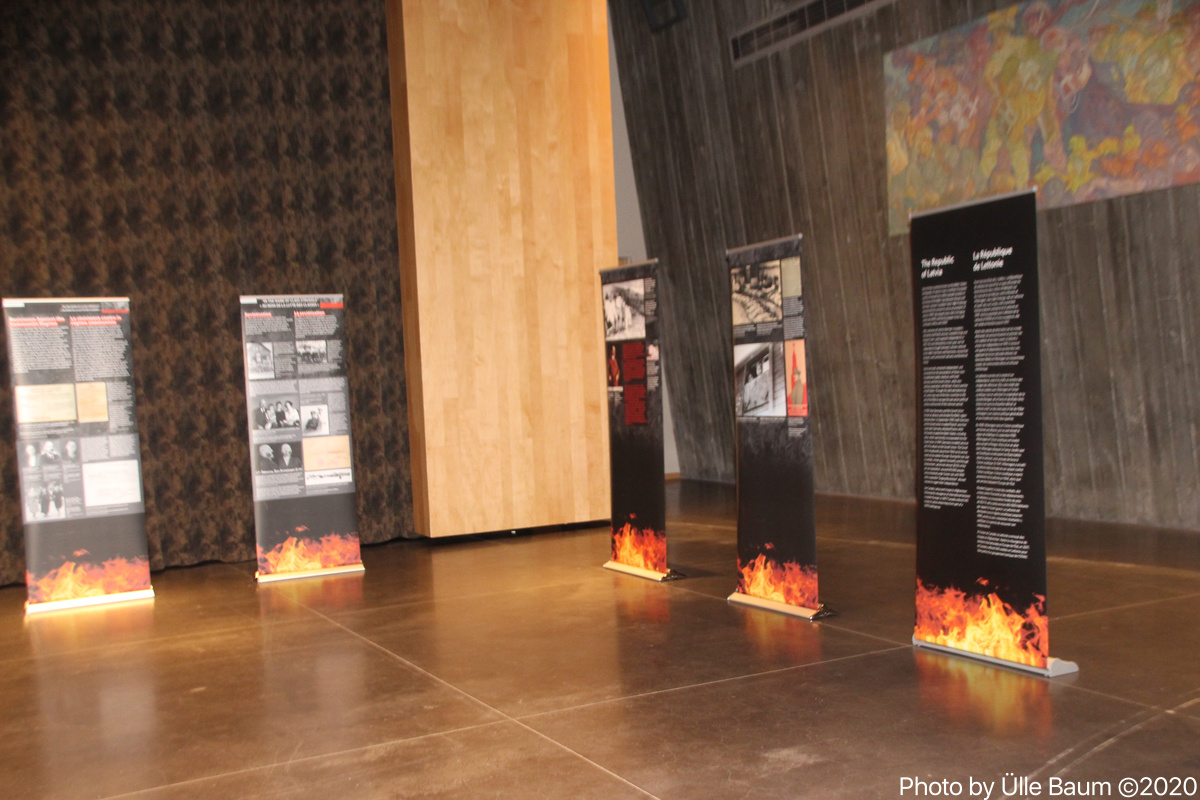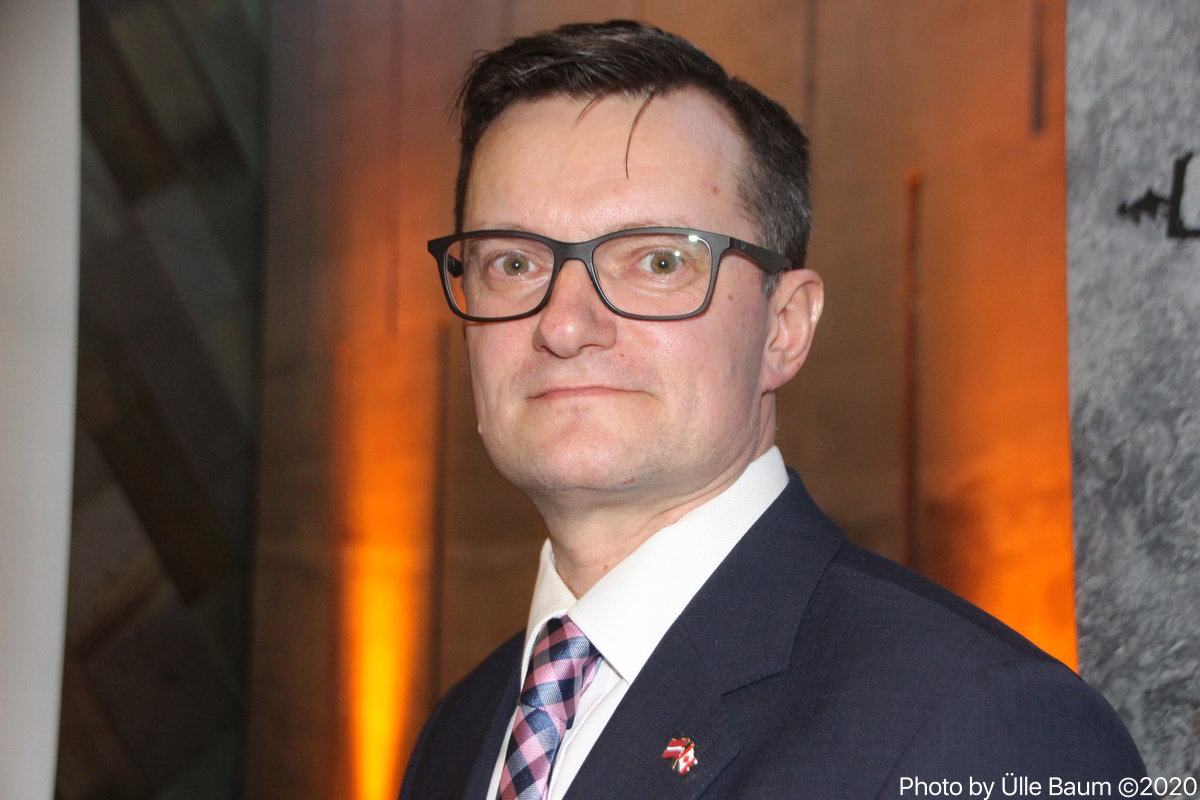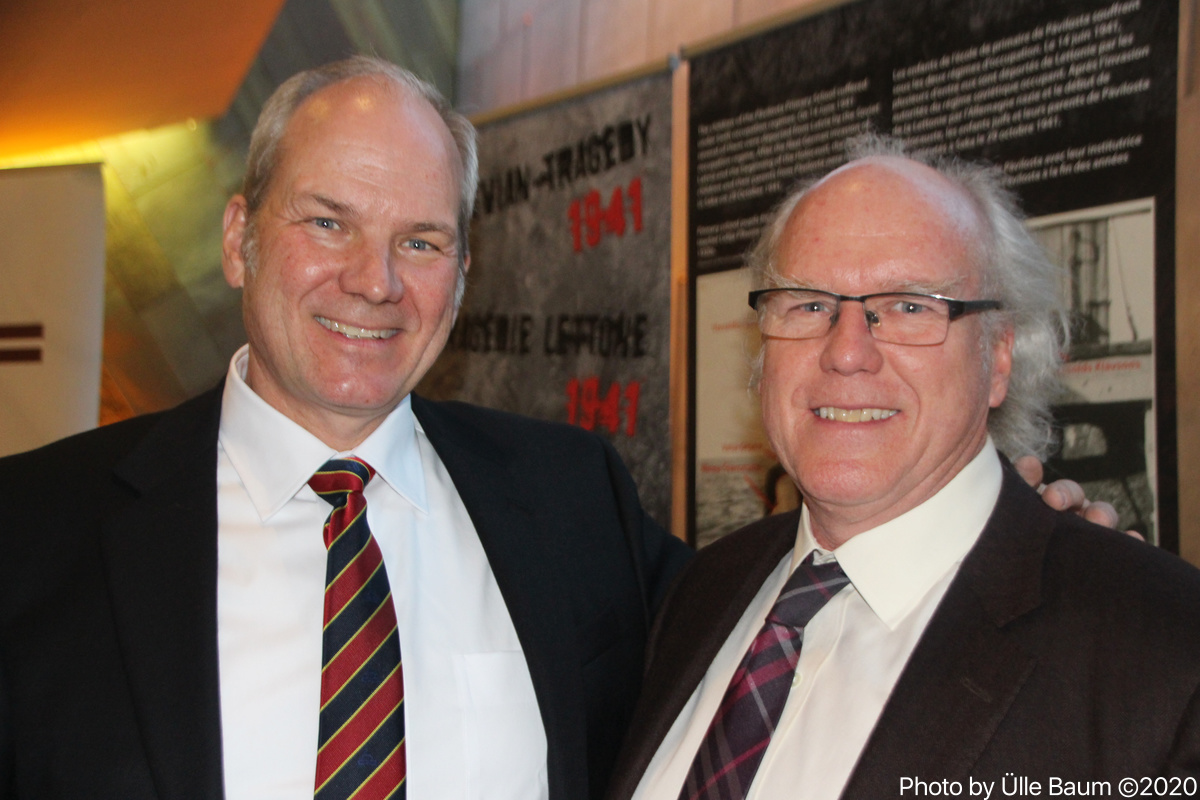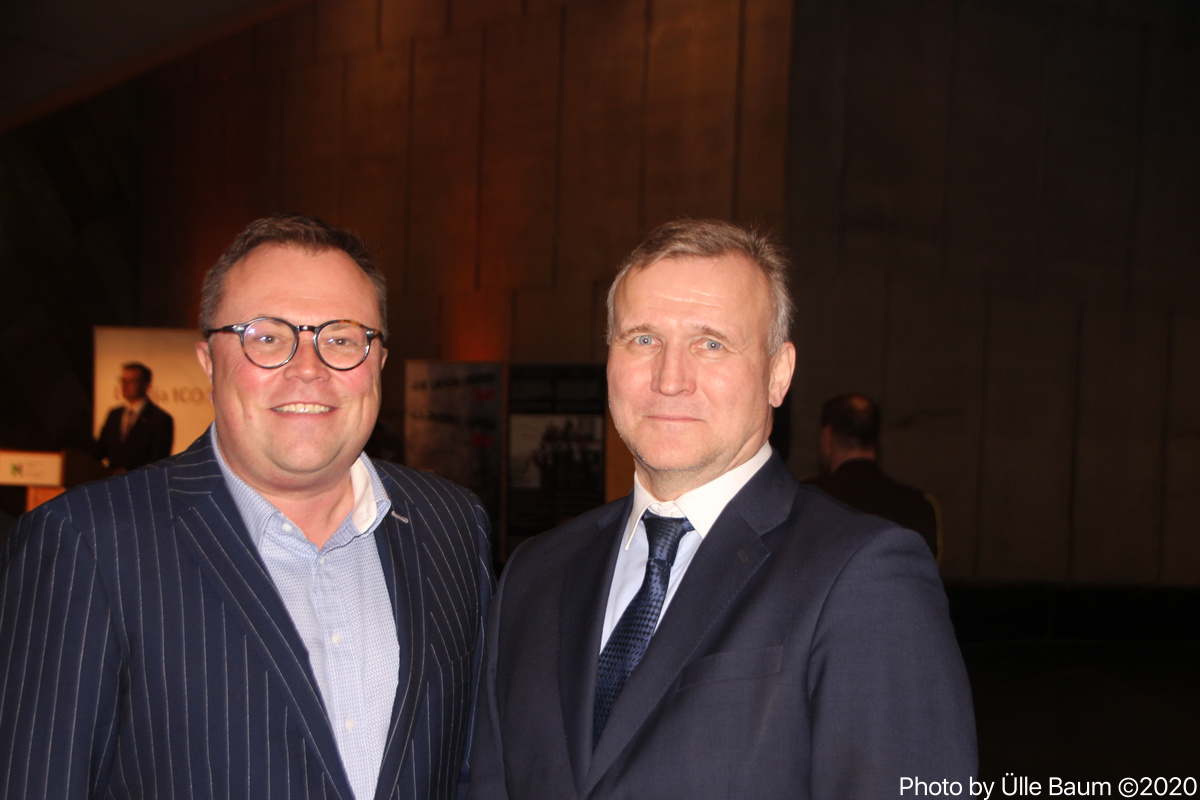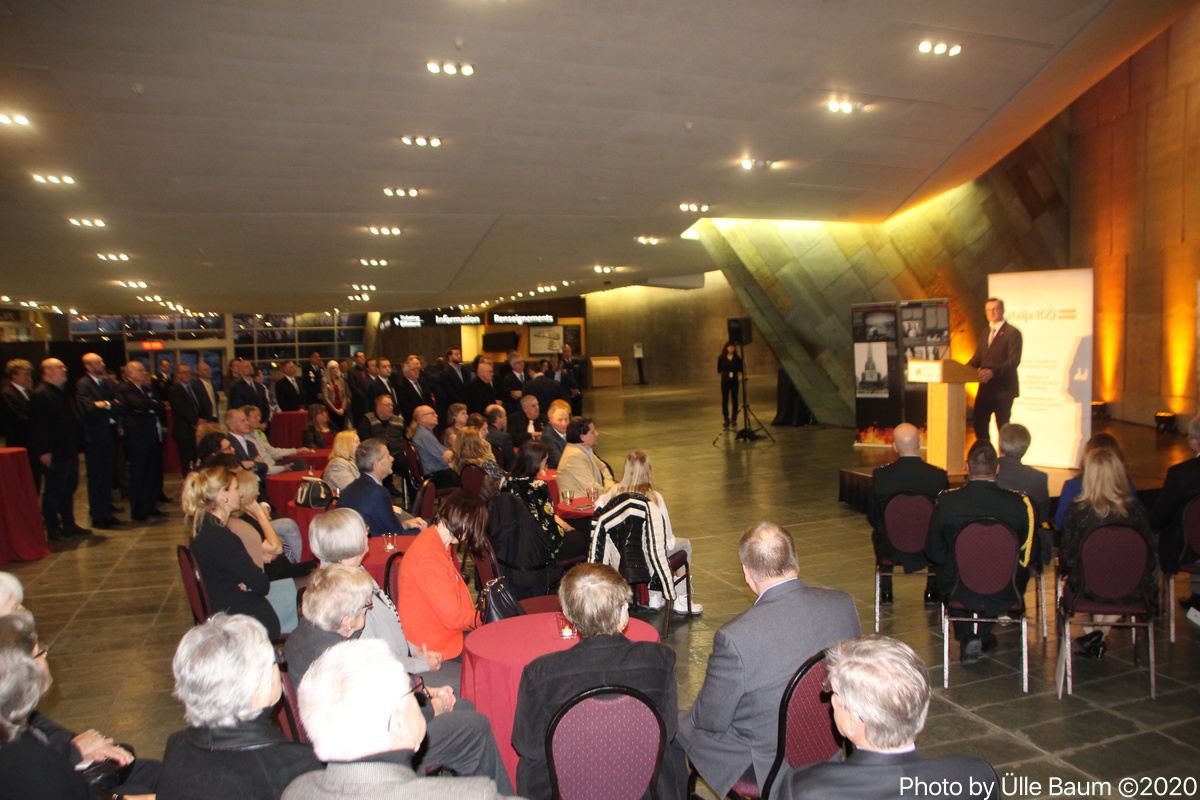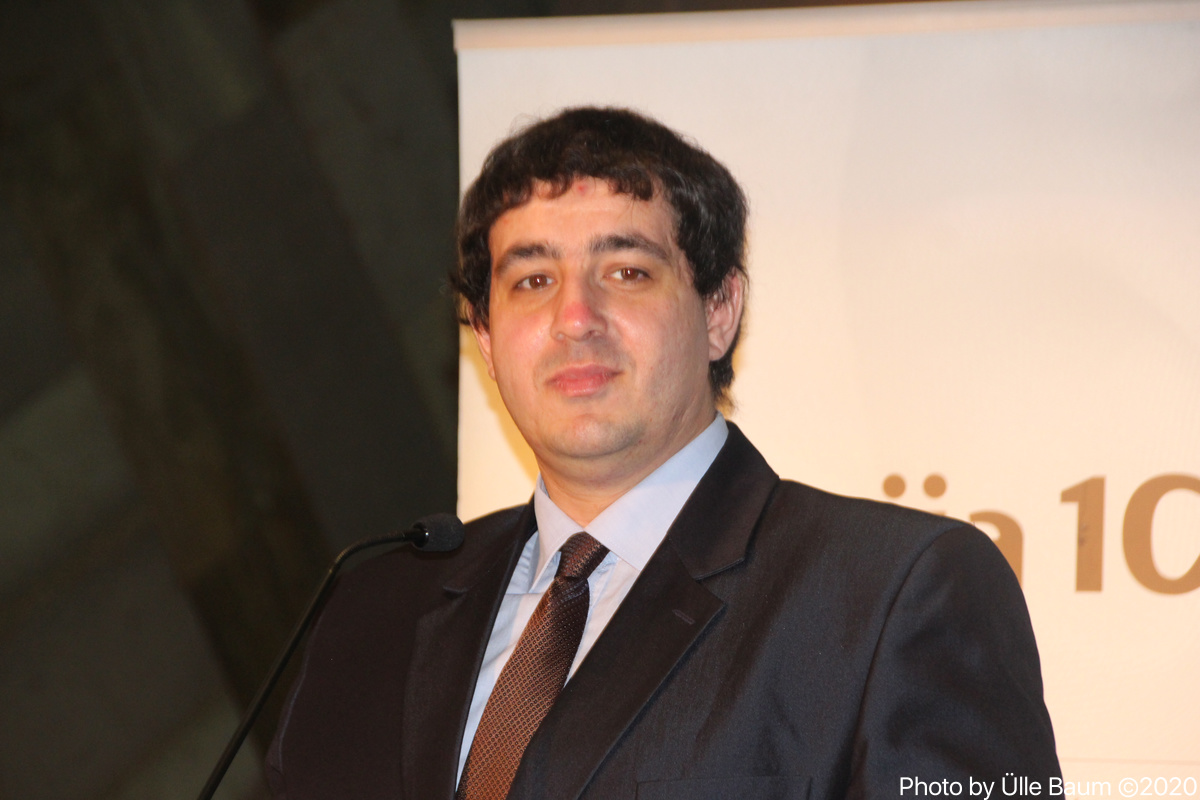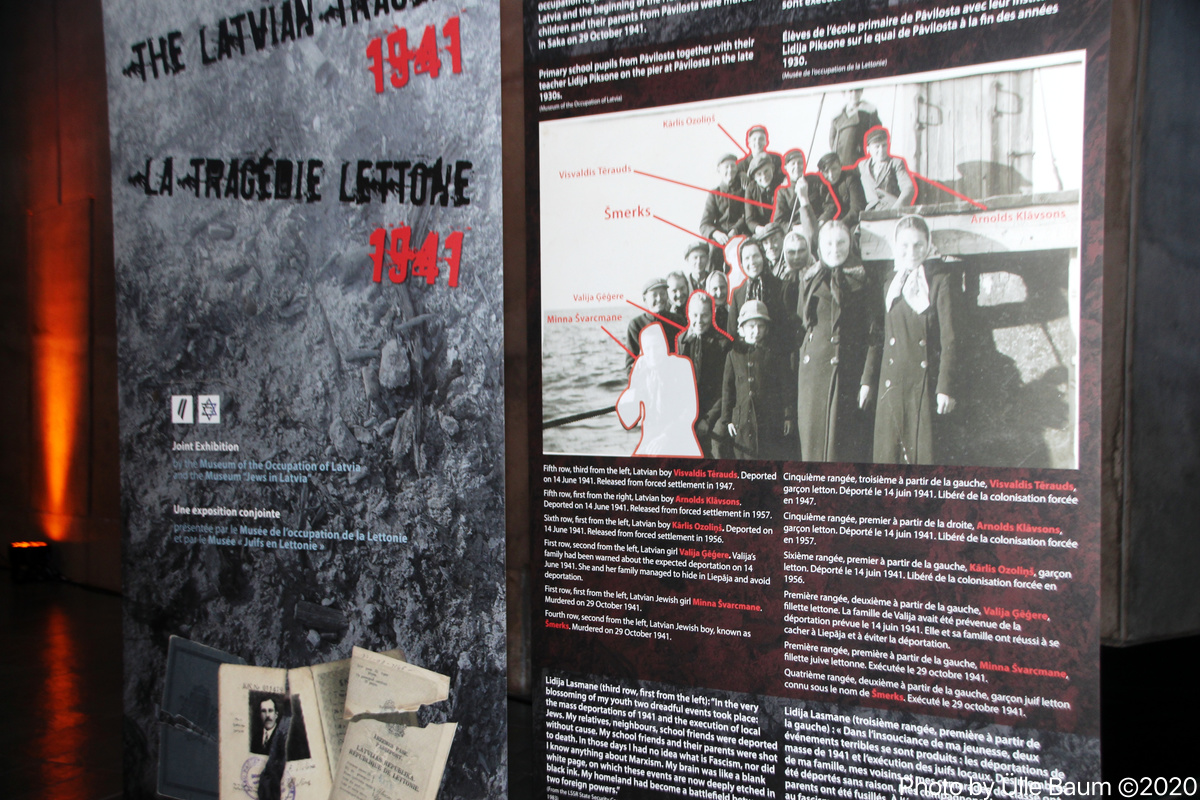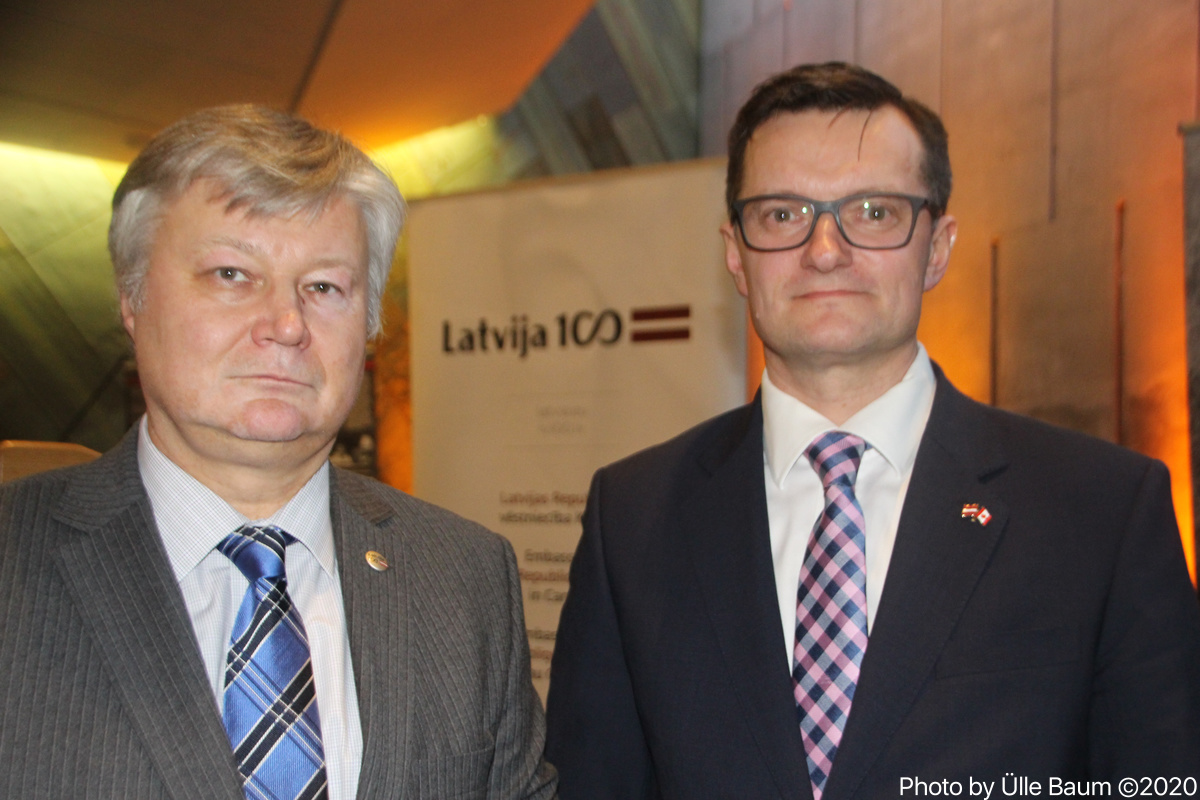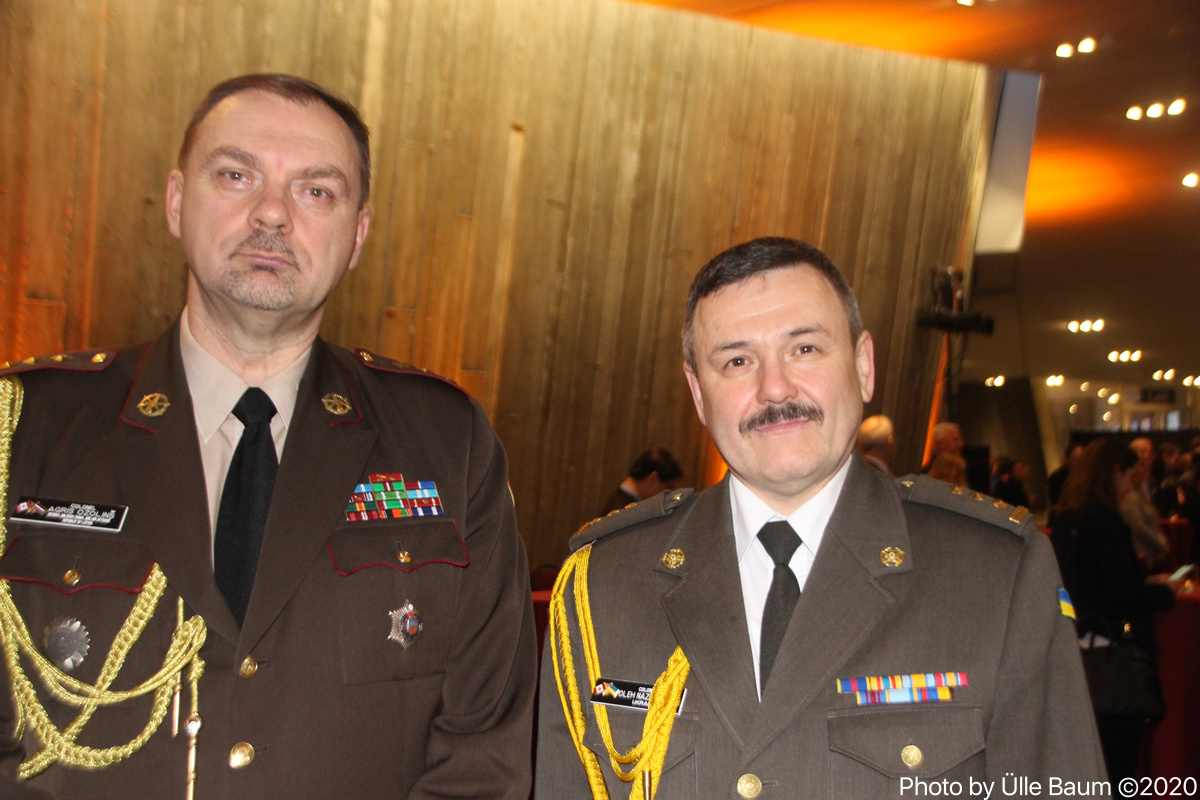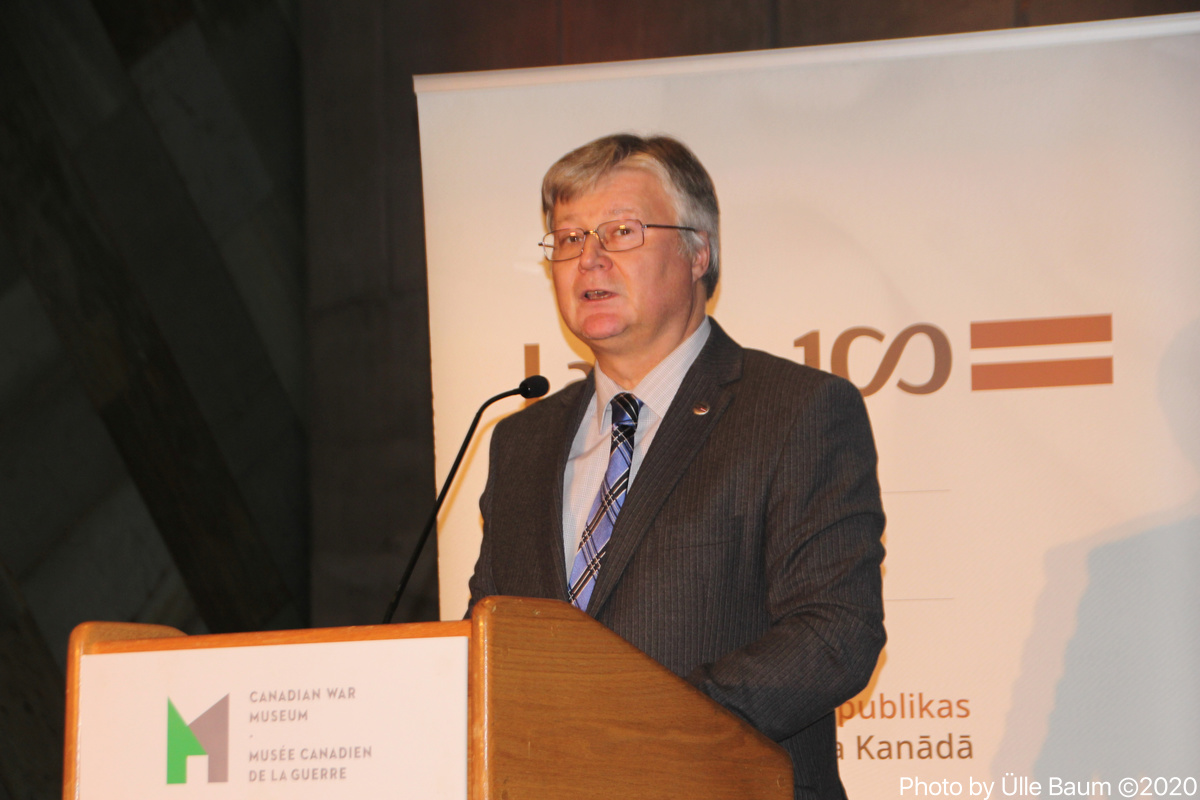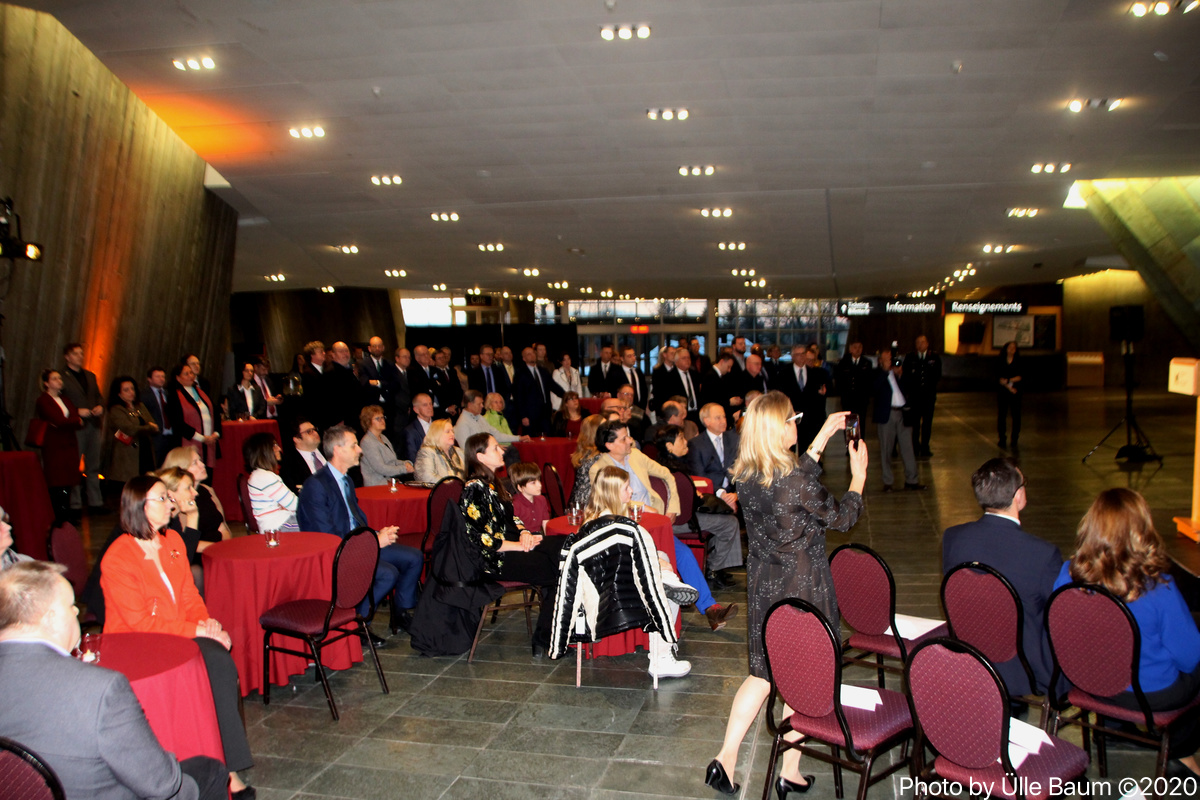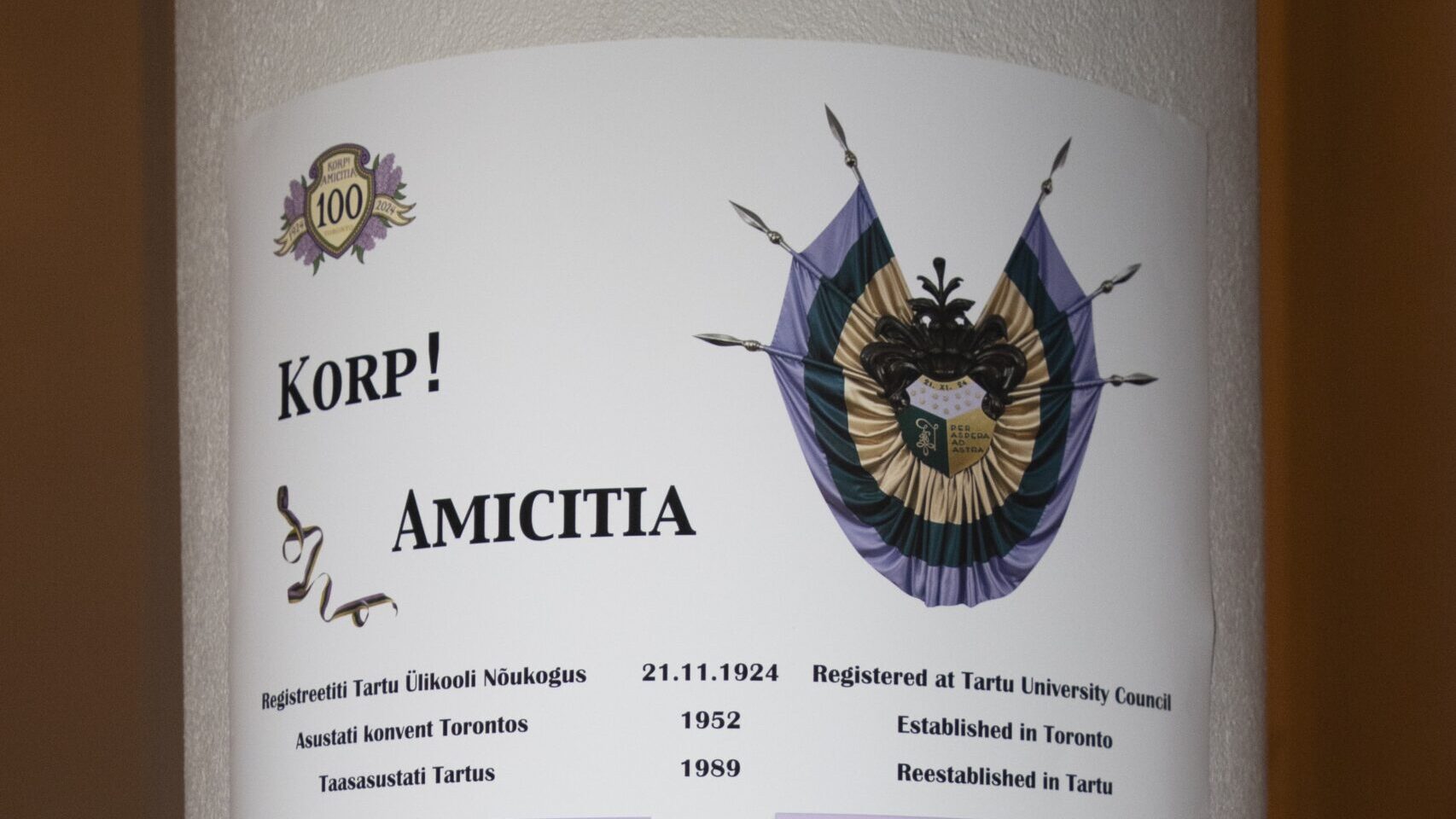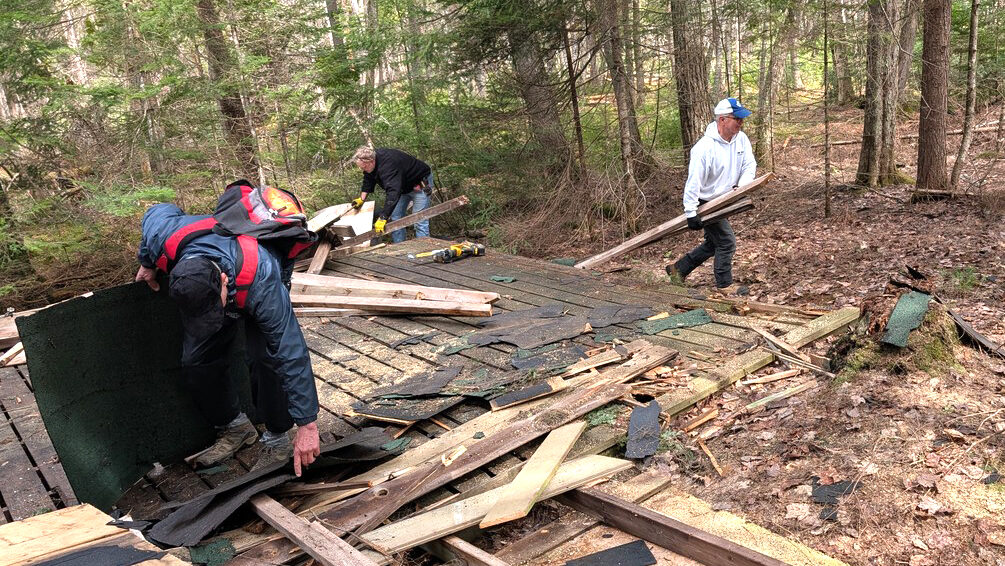Oma avakõnes tõstis Läti Suursaadik Kanadas Karlis Eihenbaums, kes oli selle näituse korraldamise üks intsiaatoreid, esile: ,,This year marks the 75th Anniversary of the end of the World War II. Earlier this year, world leaders including President of Latvia Egils Levits and Governor General of Canada Julie Payette joined hundreds of Holocaust survivors at Auschwitz concentration camp. As a respect to previous and future generations, it is our utmost duty to continue to shed light on our common past, to fight disinformation and stand strong against attempts to rewrite history. We stand strong against distortion of history wherever it appears This unique exhibition allows viewers to witness events of 1941 in occupied Latvia – cruel Soviet deportations to Siberia, to GULAG on the 14th of June, while in the same year, the Nazis organised the Holocaust, which tragically affected the country, and has left its mark on our nation for future generations.“
Läti muuseumi ,,Jews in Latvia’ direktor Ilya Lensky oma kõnes toonitas: ,,Absolute majority of Latvian Jews never saw the gates of Auschwitz that became a universal symbol. By the late January 1942, when the Nazis have decided to fully implement „the final solution“, most of Latvian Jews were already murdered. More than 200 mass graves that you can find next to almost any Latvian town – that’s the legacy of year 1941 in Latvia, that’s what Holocaust meant for Latvia. But we have to remember that trains, cattle cars, camp gates, barbed wire fence are nevertheless strongly present in Latvian memory – these are the grim symbols of Soviet terror that claimed thousands of lives in 1941 alone, and was invisibly in the air up to year 1990. But the goal of the exhibition is not to complain, but to explain.“
Kõik Teise maailmasõja aastad ja eriti aasta 1941 olid täis kirjeldamatuid kannatusi ja kaotusi Läti rahvale ning kõigile erinevatest rahvustest inimestele, kes sel ajal elasid Läti Vabariigis. Näitusel välja pandud stendidelt sai külastaja lugeda, et Teise maailmasõja aastail, saksa okupatsiooni ajal tapeti Lätis enam kui 70,000 juudi rahvusest Läti kodanikku, 20,000 välismaa juuti, suurem osa neist tapeti aastal 1941.“
Toome ara siinjuures ka väljavõtted näituse avamisel esinenud Toronto Ülikooli professori Robert Austini sõnavõtust. Robert Austin on Toronto Ülikooli kaasprofessor ja -juhataja Centre for European, Russian and Eurasian Studies, Munk School of Global Affairs and Publick Policy osakonnas. ,,It is becoming increasing difficult to connect students in Canada to the idea that really bad things can happen and that bad things often happen slowly. The fate of Latvia, with its triple occupation – Soviet-German-Soviet – tells possibly the darkest chapter of Europe’s history during the twentieth century.What we see in the 1930s is the worst example of rapacious neighbours preying on an extremely vulnerable region.“ Oma ettekandes pööras prof. Austin tähelepanu nendele sõja-aastate erilistele raskustele ja tõi järgmise näite: ,,I found the lack of clarity in a telegram sent by John Wiley, a US Foreign Service Officer who left Vienna in Summer 1938 to assume a post in Riga. His optimism tells us many things:
,,Irena and I are looking forward enormously to Riga and Tallinn – and to our departure from Vienna. The transition of Vienna from a world capital to a provincial city has been literally vertiginous and ghastly. We now have some 70,000 visa applications on our waiting list. In consequence, we spend our days telling desperate and harassed people that they will only receive immigration visas for the United States at some future and astronomical date. As a job, it is not very satisfying.“
Näituse avamisel esinesid veel Jānis Garisons Läti kaitseministeeriumist, Caroline Dromaguet Kanada Sõjamuuseumi juhataja ja Jeff Mierins, Läti- Kanada ettevõtja, ColdWarCollection.com asutaja ja president, OurRights.today inimõiguste projekti eestvedaja.
,,Latvian Tragedy 1941“ rändnäitus on üks esimesi Balti riikide korraldatud näitusi Kanada riikliku muuseumi ruumides ja seega erilise ajaloolise tähtsusega. Näituse avamisele tulnud inimesed lahkusid tänutundega, et Läti Suursaatkond Ottawas selle näituse korraldmise idée reaalsuseni viis. Nüüd, kus ajutise kriitilise riigisisese olukorraga seoses on inimeste tervise kaitse tagamiseks Kanada Sõjamuuseumi uksed ajutiselt suletud, loodame, et selle haruldase näituse valjapanekut pikendadakse.
Ülle Baum, Ottawa
Käesolev veebileht on Eesti Elu paberlehe tellijate toetatud, toeta sinagi ja telli leht juba täna🙂
FOTOD – Ülle Baum ©2020
